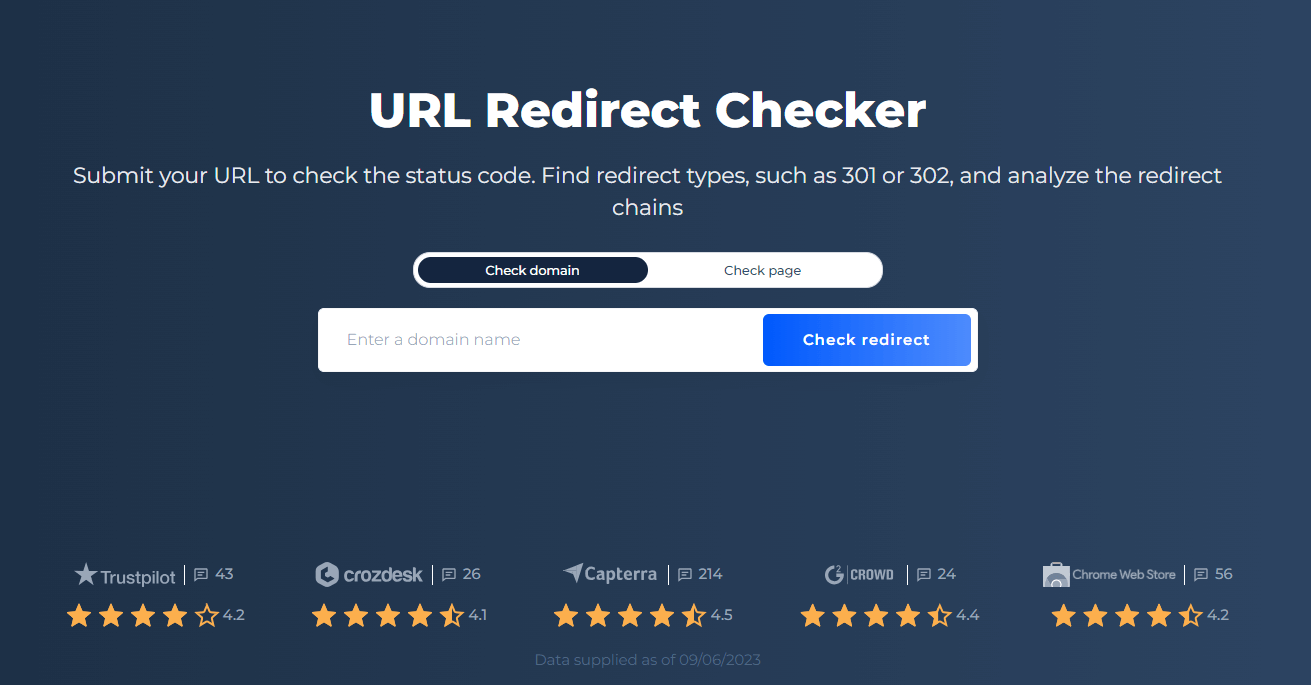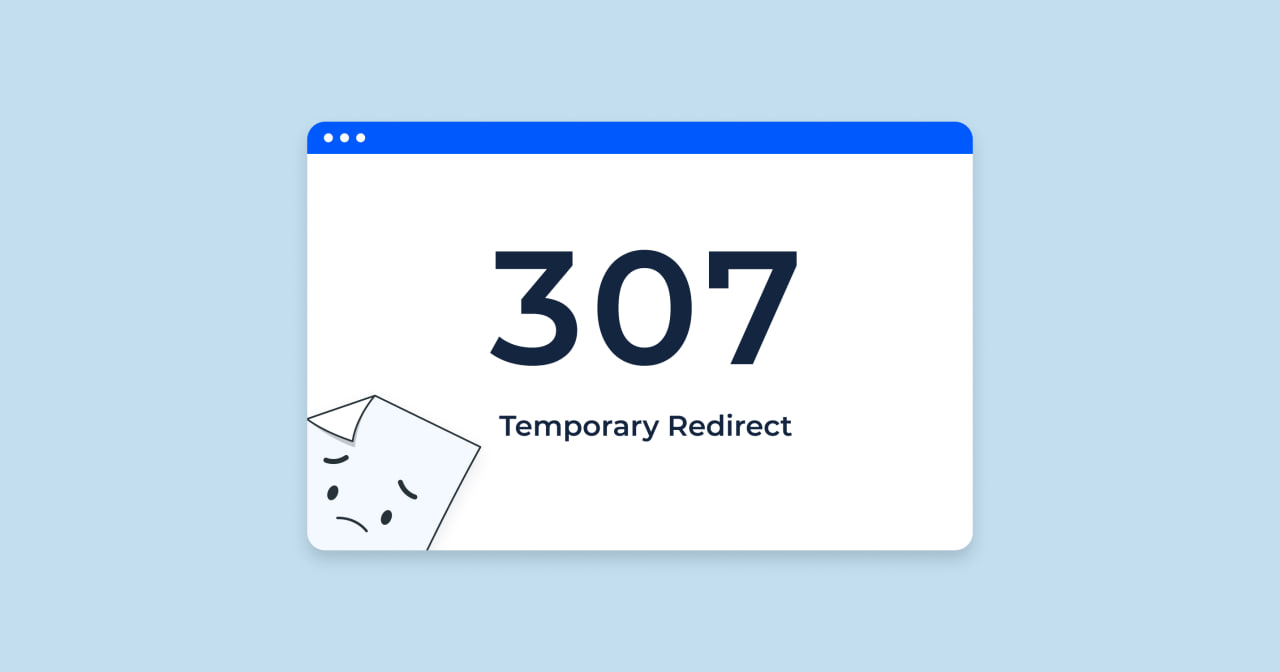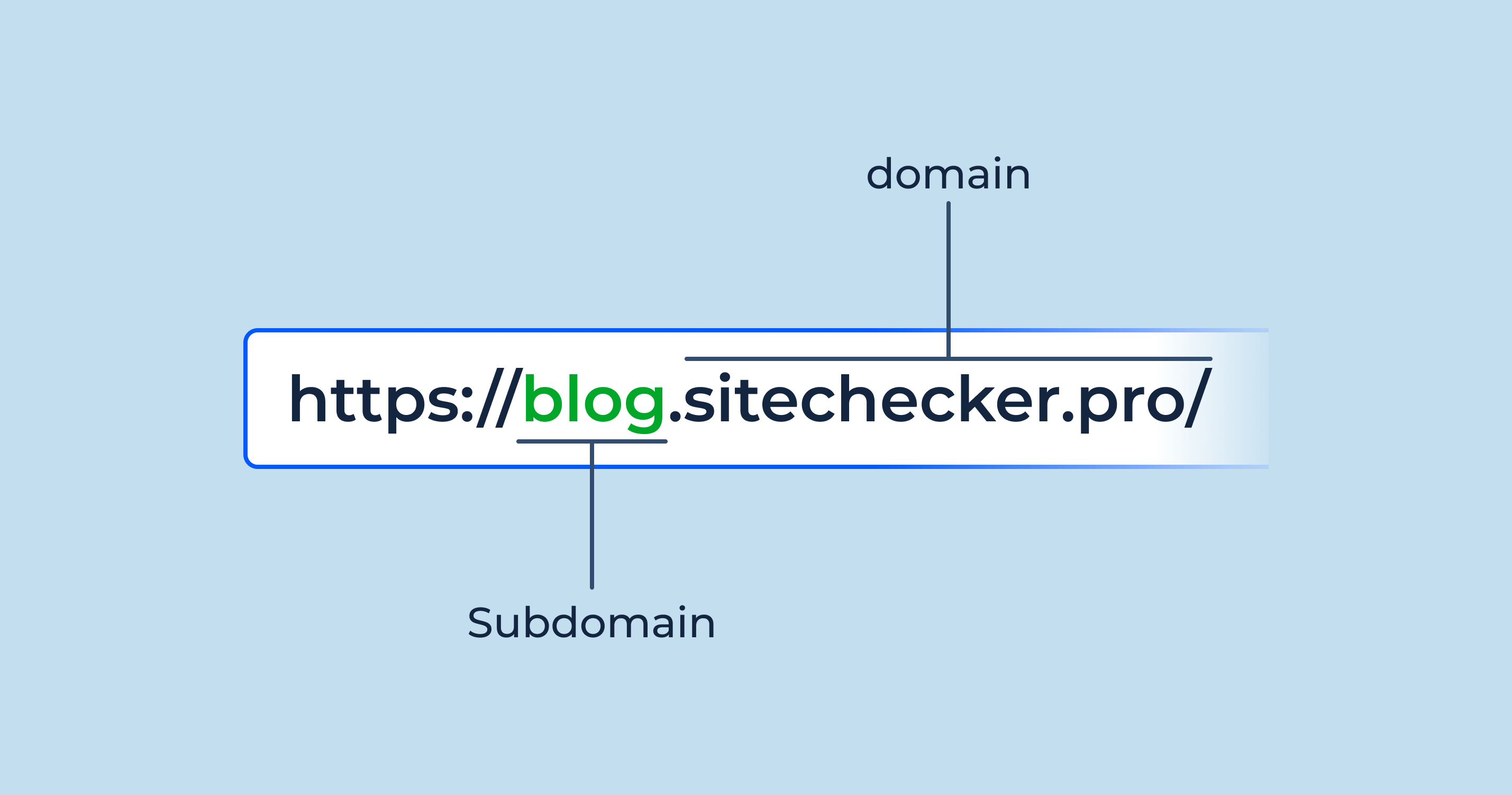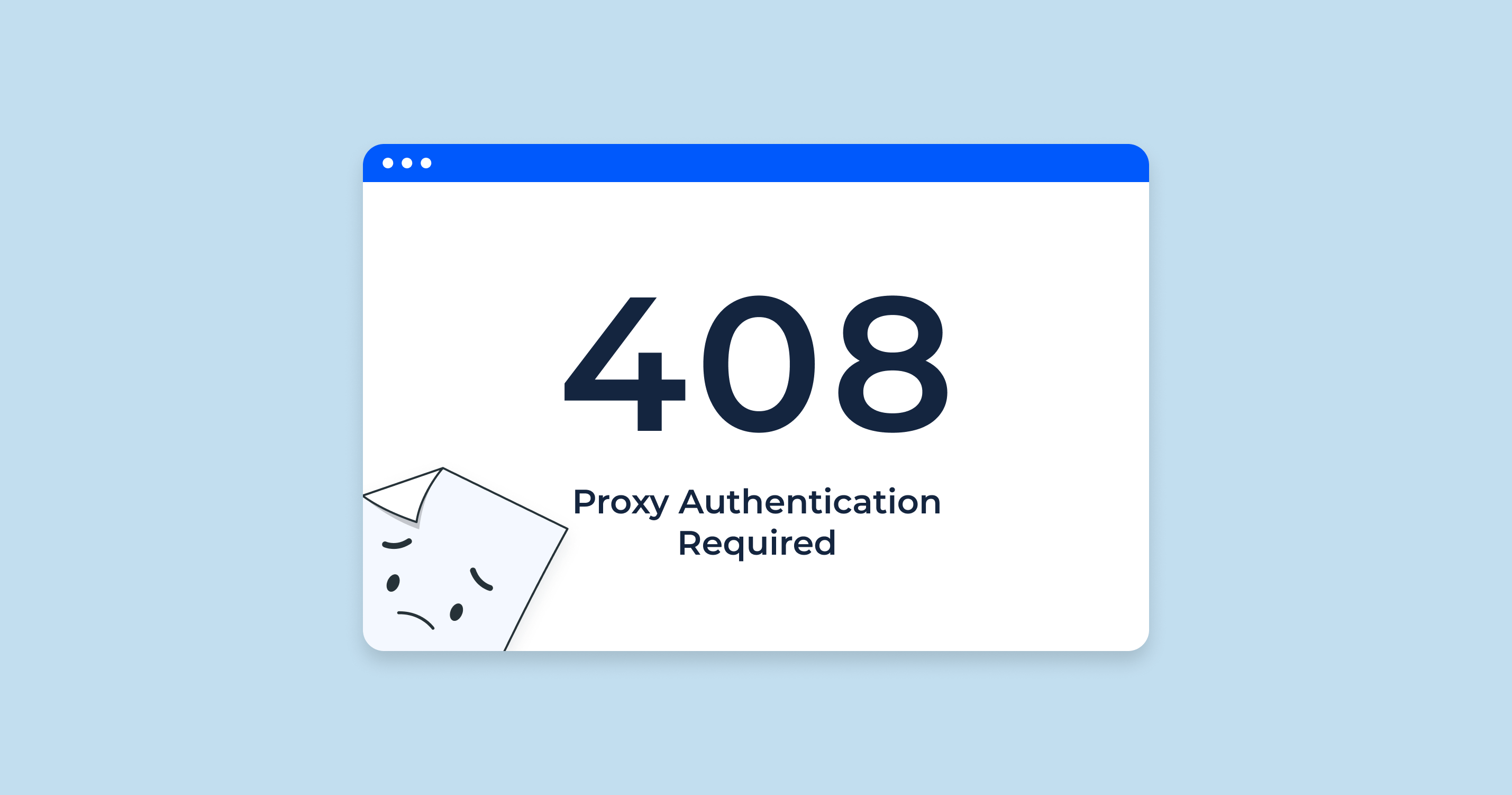What is a 307 Status Code?
A 307 “Temporary Redirect”(group of 3xx redirects) is an HTTP status code indicating that the requested URL has been temporarily moved to another location, and the client should continue to use the original URL for future requests.
When a server returns a 307 status code, it should also include a “Location” header in the response, pointing to the URL where the client should redirect its request.
Here’s what’s important about the 307 status code:
Method and Body Preservation: Unlike some other redirect codes, a 307 means that the HTTP method (GET, POST, etc.) and the body of the original request should not be changed when making the new request to the URL provided in the “Location” header.
Temporary Nature: As the name implies, this kind of rerouting is meant to be temporary. This means that clients, like web browsers or caching mechanisms, should not permanently remember the redirect and should always make the initial request to the original URL in the future.
Comparison with 302: Often, there’s confusion between 307 and the 302 status code, which also means “Found” or “Temporary Redirect”. Historically, 302 status was implemented inconsistently by browsers, with some changing the request method from POST to GET. The 307 status code was introduced to provide a clearer specification that the method should not be changed.
It’s important to choose the correct status code based on your specific needs, as they provide essential information to clients about how they should treat the redirect.
307 Status Code SEO Implications
When implementing redirects on a website, it’s crucial to understand their potential impact on SEO. The 307 status code, while useful in specific situations, comes with its own set of implications for search engine optimization. Let’s delve into the key considerations of using a 307 status code in the context of SEO.
| Crawling and Indexing | When search engines encounter a 307 status code, they will recognize it as a temporary move and will continue to crawl and index the original URL. This means that the original page’s SEO value, such as backlinks and ranking, is retained. However, if the 307 remains in place for an extended period, search engines might start to treat it as more permanent. |
| Link Equity | Generally, a significant portion of link equity (the SEO value passed from one page to another via links) is transferred through redirects. For a 307, since it’s temporary by nature, search engines might be hesitant about passing the full link equity to the target URL. |
| Potential for Confusion | If a 307 “Temporary Redirect” remains in place longer than intended, search engines might get confused about which version of a page to index and show in the search results. This is not specific to the 307 status but applies to all temporary redirects that are used indefinitely. |
| User Experience | This is indirectly related to SEO. If users are constantly redirected when trying to access specific content, it can lead to confusion or frustration. While a single 307 internal redirect might not cause noticeable latency, chains of rerouting can lead to slower page load times, harming user experience and potentially impacting SEO. |
| Caching | One crucial thing about the 307 status is that it specifies that the client should not cache the response. This means that every time a user or crawler accesses the original URL, they will be redirected again. Not caching might lead to slightly increased load times, especially if there are several users or bots hitting the server at once. |
| Best Practices | If you know a redirect will be in place indefinitely or for a very long time, consider using a 301 (Permanent Redirect) instead. It’s more SEO-friendly for long-term changes and more accurately conveys the nature of the rerouting to search engines. |
In conclusion, while the 307 status code can be useful in specific scenarios where a genuinely temporary rerouting is required, it’s essential to be mindful of its implications. Ensure that it is implemented correctly and switched to a more permanent solution if the rerouting remains necessary for an extended period.
307 Status Code Common Issues and How to Fix Them
Navigating the intricacies of web server responses can sometimes lead to unexpected challenges. Although the 307 response can be beneficial in certain situations, it can present unique complications when not configured or understood correctly. Let’s explore some common troubleshooting scenarios involving the 307 status code and provide insights on how to address them.
Unexpected Redirects
Sometimes, a 307 status code might be unintentionally triggered by server configurations, causing users and search engines to be redirected from the intended URL.
Endless Redirect Loop
A misconfiguration might cause a URL to continuously redirect back to itself or another URL, leading to an infinite loop. This is problematic for users and search engine crawlers.
Slow Loading Times Due to Multiple Redirects
Chain redirects (e.g., URL A redirects to B, which then leads to C) can cause noticeable latency issues.
307 Redirect Instead of 301
If a temporary rerouting has been in place longer than intended, it might be mistakenly treated as a more permanent change by search engines.
Content Inconsistencies After Redirection
After implementing a 307 code, you might find that content, like form data, isn’t preserved as expected.
Regularly monitoring and auditing your site for these issues can help maintain optimal user experience and SEO performance.
URL Redirect Checker Tool for Identifying HTTP 307 Status Codes

SiteChecker.pro’s Redirect Checker is a valuable tool for webmasters and SEO professionals, designed to provide insights into the redirection paths websites follow. By simply entering a URL, users can quickly determine whether it’s redirecting visitors using any specific HTTP status codes, including the 307 response.
Beyond just identifying the type of rerouting, the tool offers a clear view of the entire rerouting chain, highlighting potential issues like endless loops or multiple sequential redirects that can negatively impact user experience and SEO performance.
Using SiteChecker.pro’s Redirect Checker ensures that your website’s redirections are set up correctly and provides peace of mind by catching unintentional or potentially problematic 307 response before they can affect your site’s visitors or search engine rankings.
Conclusion
The 307 status code indicates a brief relocation of a URL, preserving the original request method and body. However, when used carelessly, it can pose SEO challenges, such as confusion for search engines and impeded user experience. Misconfigurations can result in issues like endless rerouting loops, but tools like SiteChecker.pro’s Redirect Checker can provide insights into these redirections, ensuring they function optimally and maintain a positive user experience.




